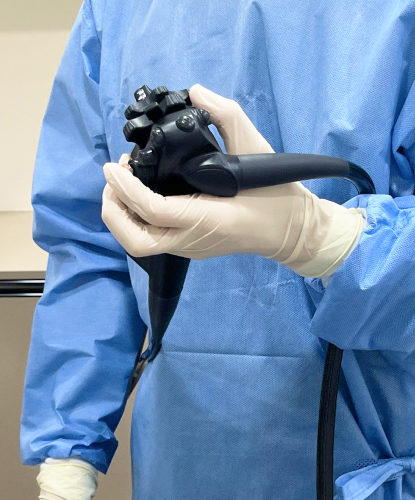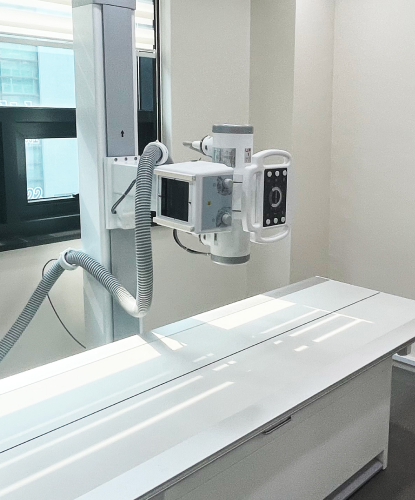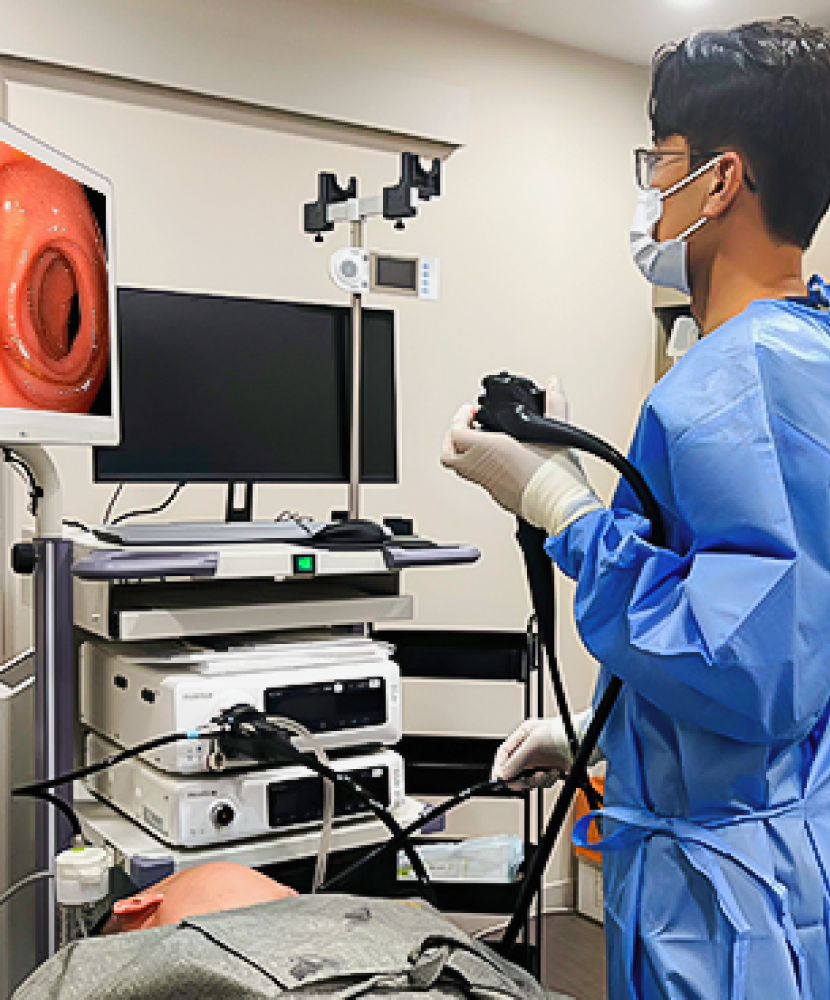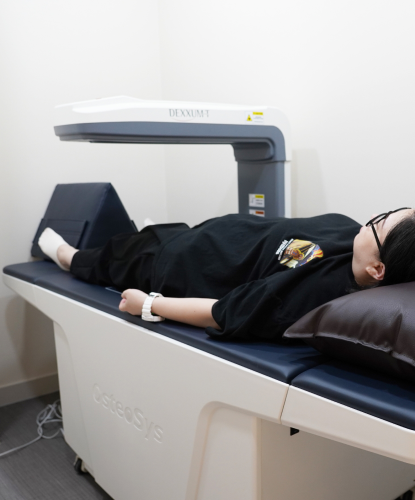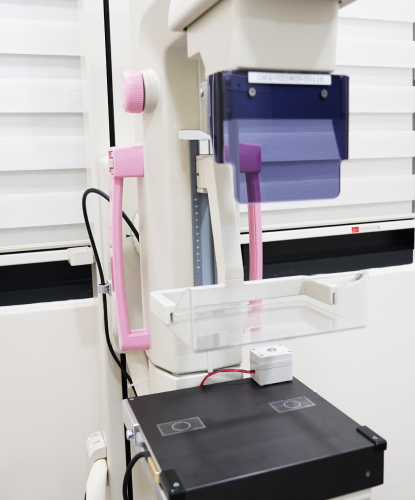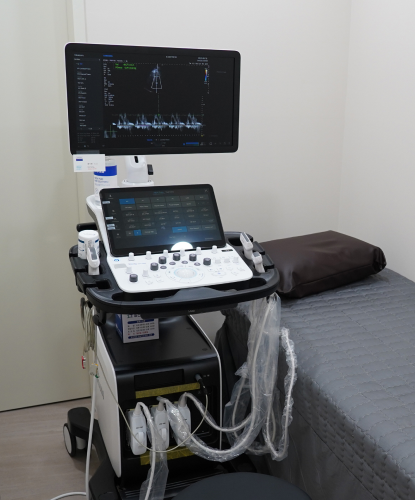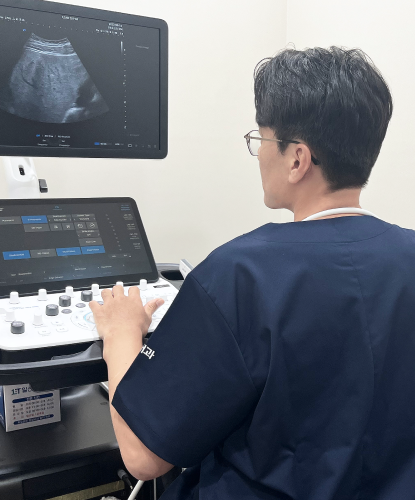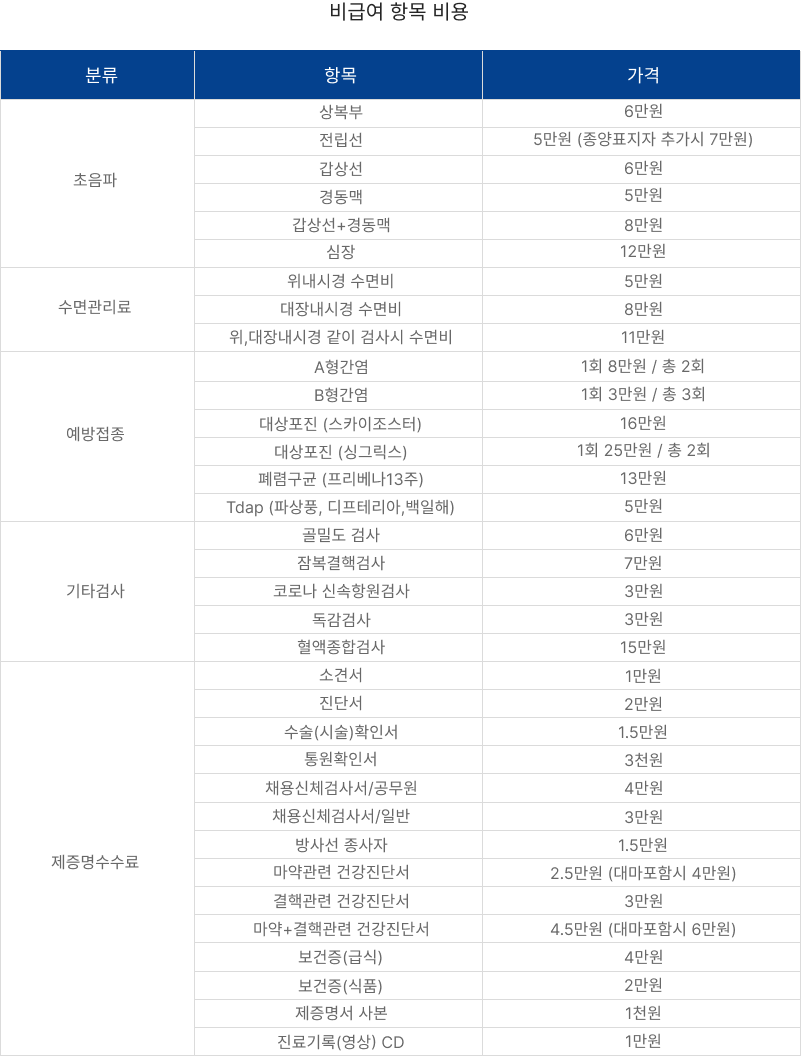Title: Understanding Universal Joints: Function, Types, and Applicatio…
페이지 정보

본문
1. Automotive Industry: Universal joints are used in drive shafts, steering systems, and suspension components of vehicles to transfer power and accommodate movement and misalignment.
2. Manufacturing Machinery: U-joints are employed in manufacturing machinery such as conveyors, printing presses, and industrial robots to transmit power between shafts and allow for flexibility in movement.
3. Aerospace Industry: Universal joints are utilized in aircraft control systems, landing gear mechanisms, and other critical components to transfer power and handle angular misalignment.
4. Marine Industry: U-joints are essential in marine propulsion systems, steering mechanisms, and various marine equipment to transmit power between rotating shafts on ships and boats.
In conclusion, the ABS control module is a crucial component in modern vehicles that plays a vital role in enhancing safety by preventing wheel lockup during braking. Understanding its function, common issues, and the importance of timely diagnosis and repair can help drivers maintain safe driving conditions and optimal braking performance.
Diagnosing issues with the ABS control module typically requires specialized diagnostic equipment and expertise. Mechanics can use scan tools to retrieve error codes stored in the control module that can help identify the root cause of the problem. Common repairs for ABS control module issues may include sensor replacement, wiring repairs, or even replacing the control module itself in more severe cases.
2. Damage or wear: The wheel speed sensor is exposed to harsh road conditions and can be damaged by rocks, debris, or excessive heat. Additionally, the sensor's wiring or connectors can wear out over time, leading to connectivity issues.
2. Gear-Driven Motors: Gear-driven window motors use a system of gears to control the movement of the window glass. The motor turns a gear mechanism that directly raises or lowers the window glass along a track.
The Anti-lock Braking System (ABS) is a crucial safety feature in modern vehicles that helps prevent the wheels from locking up during heavy braking, allowing the driver to maintain control of the vehicle and avoid skidding. At the heart of the ABS system is the ABS wheel speed sensor, a small but vital component that plays a key role in ensuring the effectiveness of the ABS system.
In conclusion, door window motors are essential components in vehicles that enable the convenient operation of power windows. By understanding the function, types, and maintenance tips for door window motors, vehicle owners can ensure smooth and reliable operation of their power windows for years to come.
Types of Universal Joints:
There are several types of universal joints available, each suited for specific applications based on factors such as load capacity, speed, and misalignment requirements. The most common types of universal joints include:
There are two main types of ABS wheel speed sensors: magnetic and hall effect sensors. Magnetic sensors use a magnet and coil to generate an alternating current signal, while hall effect sensors use a semiconductor device to measure changes in a magnetic field. Both types of sensors are effective at detecting wheel speed variations and providing accurate data to the ABS control module.
The ABS control module continuously receives inputs from the wheel speed sensors, and other relevant sensors such as the brake pedal position sensor and steering angle sensor, to make real-time decisions on how to adjust brake pressure to each wheel. By rapidly modulating brake pressure, the ABS control module helps the driver maintain control of the Vehicle Speed Sensor Input during emergency braking situations or when driving on slippery surfaces.
Proper maintenance of ABS wheel speed sensors is essential to ensure the smooth operation of the ABS system and overall safety of the vehicle. Regular inspection and cleaning of the sensors can help prevent issues such as dirt buildup and corrosion. Additionally, any signs of damage or wear should be promptly addressed to prevent potential ABS system failure.
2. Emissions Control: Proper ignition coil operation is essential for the efficient combustion of the air-fuel mixture, which plays a crucial role in reducing harmful emissions from the vehicle. Malfunctioning ignition coils can lead to incomplete combustion, resulting in increased emissions.
Introduction:
Ignition coils are a vital component in a vehicle's ignition system, responsible for converting low voltage into the high voltage needed to create a spark that ignites the air-fuel mixture in the engine cylinders. This process is crucial for the combustion engine to generate power and propel the vehicle forward. In this article, we will explore the function, construction, and importance of ignition coils in vehicles.
Introduction:
Universal joints, also known as U-joints, are critical components used in mechanical systems to transmit motion between rotating shafts that are not in a straight line. They provide flexibility and allow for misalignment between shafts, making them essential in a wide range of applications across various industries. In this article, we will explore the function, types, and applications of universal joints.
2. Manufacturing Machinery: U-joints are employed in manufacturing machinery such as conveyors, printing presses, and industrial robots to transmit power between shafts and allow for flexibility in movement.
3. Aerospace Industry: Universal joints are utilized in aircraft control systems, landing gear mechanisms, and other critical components to transfer power and handle angular misalignment.
4. Marine Industry: U-joints are essential in marine propulsion systems, steering mechanisms, and various marine equipment to transmit power between rotating shafts on ships and boats.
In conclusion, the ABS control module is a crucial component in modern vehicles that plays a vital role in enhancing safety by preventing wheel lockup during braking. Understanding its function, common issues, and the importance of timely diagnosis and repair can help drivers maintain safe driving conditions and optimal braking performance.
Diagnosing issues with the ABS control module typically requires specialized diagnostic equipment and expertise. Mechanics can use scan tools to retrieve error codes stored in the control module that can help identify the root cause of the problem. Common repairs for ABS control module issues may include sensor replacement, wiring repairs, or even replacing the control module itself in more severe cases.
2. Damage or wear: The wheel speed sensor is exposed to harsh road conditions and can be damaged by rocks, debris, or excessive heat. Additionally, the sensor's wiring or connectors can wear out over time, leading to connectivity issues.
2. Gear-Driven Motors: Gear-driven window motors use a system of gears to control the movement of the window glass. The motor turns a gear mechanism that directly raises or lowers the window glass along a track.
The Anti-lock Braking System (ABS) is a crucial safety feature in modern vehicles that helps prevent the wheels from locking up during heavy braking, allowing the driver to maintain control of the vehicle and avoid skidding. At the heart of the ABS system is the ABS wheel speed sensor, a small but vital component that plays a key role in ensuring the effectiveness of the ABS system.
In conclusion, door window motors are essential components in vehicles that enable the convenient operation of power windows. By understanding the function, types, and maintenance tips for door window motors, vehicle owners can ensure smooth and reliable operation of their power windows for years to come.
Types of Universal Joints:
There are several types of universal joints available, each suited for specific applications based on factors such as load capacity, speed, and misalignment requirements. The most common types of universal joints include:
There are two main types of ABS wheel speed sensors: magnetic and hall effect sensors. Magnetic sensors use a magnet and coil to generate an alternating current signal, while hall effect sensors use a semiconductor device to measure changes in a magnetic field. Both types of sensors are effective at detecting wheel speed variations and providing accurate data to the ABS control module.
The ABS control module continuously receives inputs from the wheel speed sensors, and other relevant sensors such as the brake pedal position sensor and steering angle sensor, to make real-time decisions on how to adjust brake pressure to each wheel. By rapidly modulating brake pressure, the ABS control module helps the driver maintain control of the Vehicle Speed Sensor Input during emergency braking situations or when driving on slippery surfaces.
Proper maintenance of ABS wheel speed sensors is essential to ensure the smooth operation of the ABS system and overall safety of the vehicle. Regular inspection and cleaning of the sensors can help prevent issues such as dirt buildup and corrosion. Additionally, any signs of damage or wear should be promptly addressed to prevent potential ABS system failure.
2. Emissions Control: Proper ignition coil operation is essential for the efficient combustion of the air-fuel mixture, which plays a crucial role in reducing harmful emissions from the vehicle. Malfunctioning ignition coils can lead to incomplete combustion, resulting in increased emissions.
Introduction:
Ignition coils are a vital component in a vehicle's ignition system, responsible for converting low voltage into the high voltage needed to create a spark that ignites the air-fuel mixture in the engine cylinders. This process is crucial for the combustion engine to generate power and propel the vehicle forward. In this article, we will explore the function, construction, and importance of ignition coils in vehicles.
Introduction:
Universal joints, also known as U-joints, are critical components used in mechanical systems to transmit motion between rotating shafts that are not in a straight line. They provide flexibility and allow for misalignment between shafts, making them essential in a wide range of applications across various industries. In this article, we will explore the function, types, and applications of universal joints.
- 이전글your Samsung Galaxy device.|Kings Public relations?, 8 Sovereigns Ave, Bray Park QLD 4500 or 4/28 Elizabeth St, Acacia Ridge QLD 4110 Brisbane Australia.} Is your Samsung Galaxy tool in demand of display or battery repair solution? From the Samsung Gala 24.05.09
- 다음글Некролог 1 2 3 4 5 6 7 8 9 10 11 12 13 14 15 16 17 серия все серии смотреть онлайн українською 24.05.09
댓글목록
등록된 댓글이 없습니다.





 전화/상담 문의
전화/상담 문의